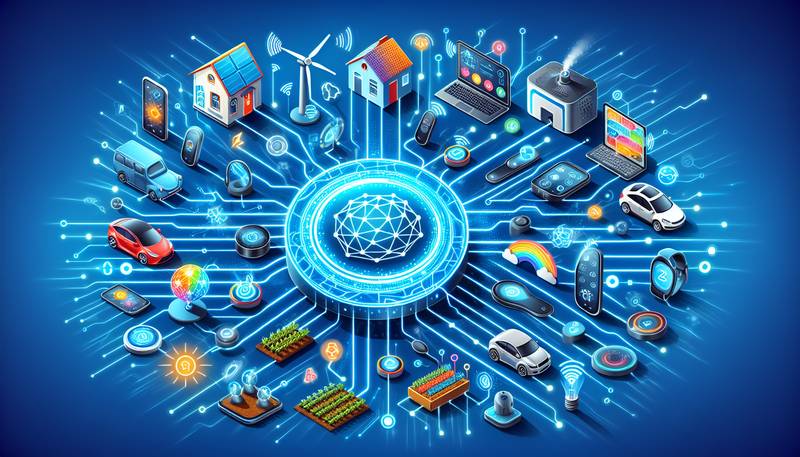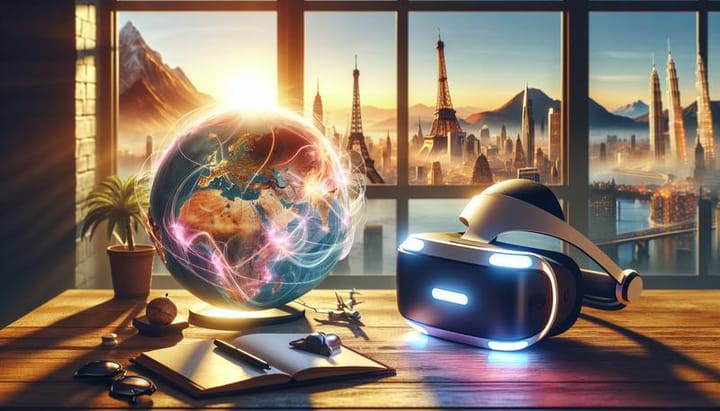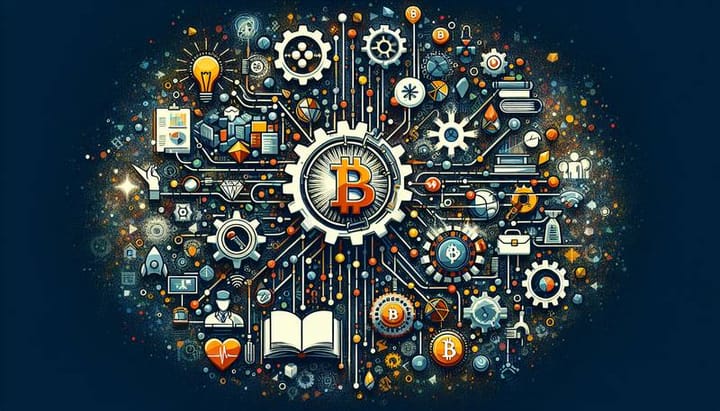Exploring the Internet of Things: A Connected World

Imagine a world where your refrigerator can detect when you are running low on milk and automatically adds it to your shopping list, or where your thermostat knows when you are heading home from work and adjusts the temperature to your ideal setting. This is the world of the Internet of Things (IoT), a rapidly growing network of connected devices that are changing the way we live, work, and interact with our environment.
What is the Internet of Things?
The Internet of Things refers to the interconnection of everyday objects through the internet, allowing them to send and receive data without the need for human intervention. These objects can include anything from household appliances, cars, and wearable technology to industrial machines and city infrastructure. By embedding sensors, software, and other technologies into these objects, they can communicate and work together to create a more efficient, automated, and intelligent world.
The Benefits of a Connected World
One of the biggest benefits of the IoT is its ability to make our lives more convenient. With connected devices, we can control and monitor our homes from our smartphones, track our fitness and health with wearable technology, and even have our groceries delivered to our doorsteps without lifting a finger. In the business world, the IoT can lead to increased productivity and cost savings, as connected machinery and equipment can predict maintenance needs and prevent costly downtime.
Another significant advantage of the IoT is its potential to improve safety and security. For instance, connected security systems can alert homeowners of any unusual activity, while smart city infrastructure can monitor traffic patterns and adjust traffic lights to prevent accidents. In healthcare, connected medical devices can remotely monitor patients' vital signs and alert healthcare providers of any potential issues.
The Challenges of the IoT
Despite its many benefits, the IoT also presents several challenges. One significant concern is security, as the vast amount of data collected by connected devices can be a goldmine for hackers. Ensuring the security and privacy of this data is a top priority for IoT developers and users alike. Another challenge is the potential for overwhelming amounts of data, as the number of connected devices continues to grow. Analyzing and making sense of this data will require sophisticated algorithms and artificial intelligence.
The Future of the IoT
The future of the IoT is significant, with experts predicting that there will be over 50 billion connected devices by 2030. As technology continues to advance, we can expect to see even more innovative uses of the IoT, such as self-driving cars and smart cities that can manage resources and reduce waste. The potential for the IoT to transform our world is vast, and as we continue to embrace it, we can look forward to a more connected, efficient, and intelligent future.
The Role of IoT in Different Industries
The IoT is making an impact in various industries, from agriculture to retail. In agriculture, connected devices can monitor soil moisture levels and optimize irrigation schedules, reducing water waste and improving crop yields. In retail, the IoT can enhance the customer experience by providing personalized recommendations and streamlining the checkout process.
In manufacturing, the IoT can lead to more efficient production processes and predictive maintenance, while in transportation, connected vehicles can communicate with each other and with infrastructure to improve traffic flow and reduce accidents. The possibilities of the IoT in different industries are endless, and as more and more companies embrace this technology, we can expect to see even more innovative and transformative applications.
Conclusion
The Internet of Things is transforming the way we live, work, and interact with our environment. By connecting everyday objects to the internet, we can create a more convenient, efficient, and intelligent world. While there are challenges to overcome, the potential benefits of the IoT are vast, and as we continue to explore this technology, we can look forward to a more connected and exciting future.


